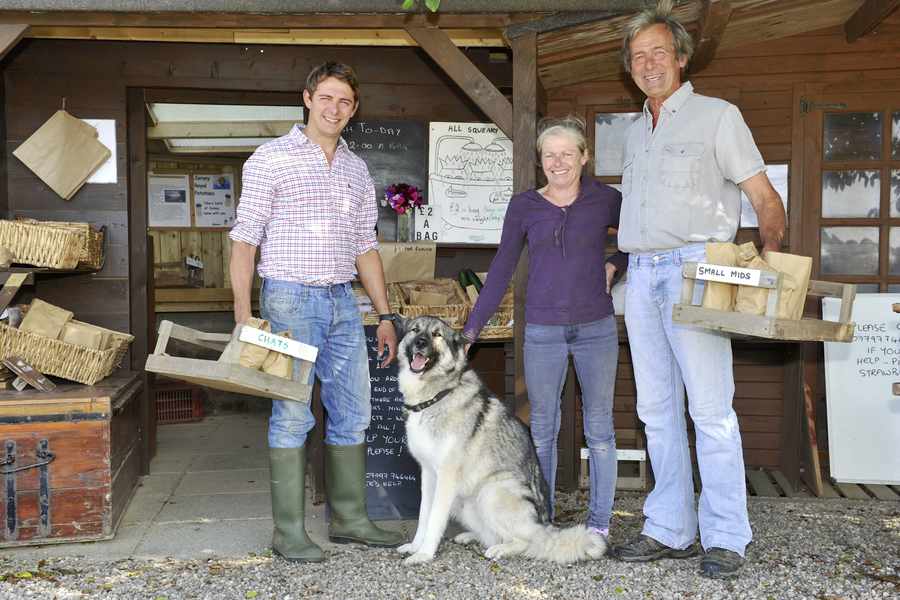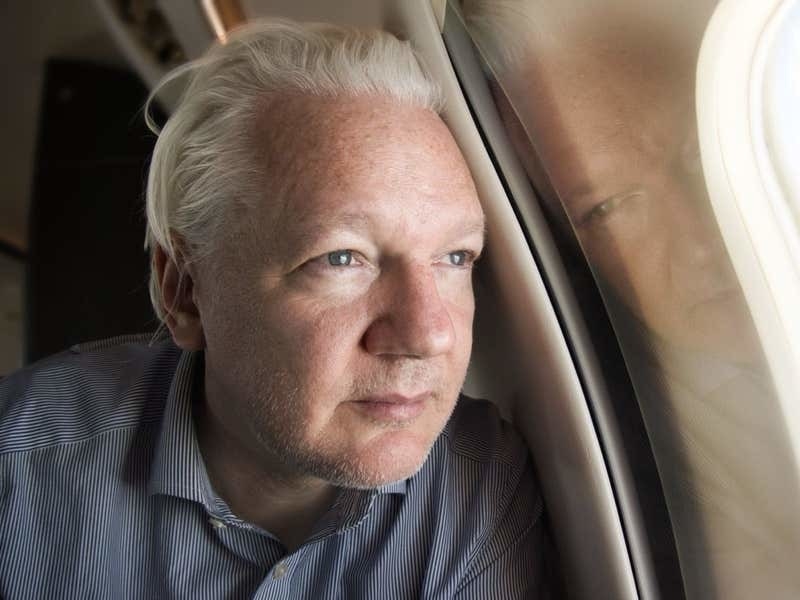On average, the charity’s three members of staff team plant between 3,500 to 4,000 trees and hedging whips (tree seedlings) a year, which is just as well as the Island has seen a huge decline in tree and hedge stock for a variety of reasons.
Jersey lost more than 200,000 trees in the devastating outbreak of Dutch Elm disease in the 1970s and the Great Storm of 1987.
Since then, tree numbers have been progressively declining as fields have been enlarged, through building developments (in particular in gardens) as tree planting has decreased in the countryside.
Conrad says that as most of the land used to grow Jersey Royals is rented, and as tenants do not historically invest time and resources in land they don’t own, with a few exceptions, farmers are not investing in tree-planting schemes. Jersey Trees for Life was founded as the Jersey Men of the Trees in 1937 to protect the Island’s trees. Today the charity has 670 members and provides educational services to schools and organisations, plans and manages environmental care schemes including volunteer work, and provides expert advice on trees, hedges and their associated environments to the wider public.

It is involved with various planting schemes around the Island, but its biggest project is the Jersey Hedgerow Campaign, which began in 2008. Since then, thousands of Islanders from all walks of life, including individuals, businesses undertaking community projects and children, have been responsible for planting 30,000 trees and whips.
‘Each year we plant and create areas for three mammal flagship species,’ said Conrad. ‘The red squirrel is probably the most loved and common of the three. We also plant for hedgehogs and for bats.
‘Hedgehogs are losing habitats by garden-pinching for developments, and they are being lost through road traffic injuries. We have planted extensively in the south-east in St Clement and Grouville, where there has been a loss of habitat through development.’
They plant for bats because the long-eared species feeds on insects in hedgerows but will not fly across a gap, so a break in a hedge disrupts its feeding patterns.
For the past three years the campaign has concentrated on a planting and countryside enhancement scheme from La Câtillon in Grouville to the lanes behind the Jersey Evening Post offices at Five Oaks. It is for squirrels, to link the colonies in Queen’s Valley and Grands Vaux. It has been sponsored by Environment.
There is also a cost to tree planting and, like everything else, prices have gone up. Conrad recalls the days before decimal currency when the States ran a cheap tree scheme to encourage planting.
‘Plants started at 2/6 each – that’s 12p in today’s money – and the price went to the dizzy heights of 75p!’ he said.

Name: Richard Le Boutillier, with wife Nicki, son Charles and daughter Bryony.
Where do you farm?
Woodlands Farm in rural St Helier, behind the Union Inn on the main road to St John, which is best known for the Potato Shack farm kiosk, which sells fresh seasonal produce. The farm covers 450 vergées, running down into Fern Valley and towards Bellozanne – the place where the Jersey Royal potato was first grown.
How long have you been farming?
I grew up on the farm, which I run with my wife Nicki and son Charles. Shortly we shall be joined by our daughter Bryony, who is working in New Zealand. My great-grandfather bought Woodlands Farm in 1920 but the family have lived in Jersey throughout the centuries.
What do you grow?
Woodlands is primarily a dairy farm, with one of the larger herds, but we also grow Jersey Royals together with smaller crops such as asparagus and soft fruit. We also produce local beef, which we sell at our farm butcher’s shop. Almost everything is sold locally, except for our one-kilo Potato Post boxes for overseas customers.
How important is provenance?
The Potato Post is a good example of our dedication to providing fresh, quality produce. The potatoes are dispatched on the day they are dug for next-day UK delivery, replete with Jersey mint and butter. Nicki and I both support the ‘slow food’
approach of promoting regional cuisine and farming in harmony with the local environment. Our customers buy their new potatoes on taste alone, derived from Woodlands well-manured and regularly rotated fields.
Should the States give more support to farmers?

TO my knowledge, farming has always been carried out in Jersey in some shape or form.
The Jersey Farmers Union has supported farmers since 1919, helping to promote their industry and serving as a conduit between the farmers and the government.
The industry has evolved over this period, from hundreds of smallholdings growing many crops to far fewer but larger units concentrating on a smaller variety of crops. In 1952 there were 2,063 holdings, but there were only about 100 in 2014. So why?
Jersey is not unique in experiencing a decrease in farmholdings. This has happened all over Europe as farms have got bigger to benefit from economies of scale.
Nonetheless, the reduction has been far more dramatic in Jersey since the mid-1970s, when Jersey’s government took the decision not to join the then Common Market (now the European Union). It was fully understood by the politicians of the day that agriculture would suffer from their decision, but it was thought that on balance, tourism and finance would benefit, so farmers were to be the sacrificial lambs.
Notwithstanding an assurance to those in the industry that they would get the same assistance from the States as their counterparts in Europe, this promise has never been honoured.
For the next 20 years, farmers struggled against heavily subsidised competition to make their businesses viable, as without comparable help it became impossible for many to survive so they were forced to sell out to the bigger farmers.
The final blow came when the Eastern Bloc countries joined the European Union – where wages are cheap and land is in abundance and at low prices – and they began to receive tranches of agricultural funding.
It was impossible for Jersey’s farmers and growers to compete against them, and it was made worse when the Island adopted the highest minimum wage in Europe.
Coupled with high harbour dues and a general increase in living standards, it all made Jersey a high-cost base to operate from.
Another blow was the States’ decision in 2005 to remove all assistance from the glasshouse industry, forcing 80 growers out of business and making 600 full-time staff redundant. Jersey, once a world leader in glasshouse horticulture no longer exports a single tomato or flower.
The lack of favourable government decisions has, without doubt, contributed to the decline in farming in Jersey. The States must wake up to the fact that unless they make a concerted attempt to assist farmers’ demands, the decline will continue.
In 2004 I predicted that unless the government helped the horticultural industry, it would die. They did not, and my prediction was correct.
Jersey cows are auctioned in UK
LAST week a consignment of 53 head of breeding cattle from five Island herds was shipped to the UK to be auctioned, with 33 going to a combined auction of Jersey and Holstein dairy cattle at Kivells Auctioneers in Exeter on 10 July. Overall, there were 100 Jerseys in the sale. Aimless Lady 232 from the Elite Jerseys herd of John, Sarah and John James Le Feuvre in St Peter made the top price at 3,200 guineas. She was bought by Mike, Claire and Jenny Colwell of Quintrell Jerseys from Cornwall, one of the top herds in the country.
Bug safaris at the National Trust






